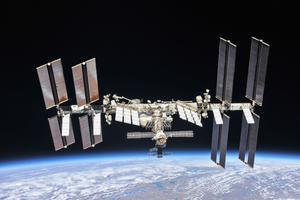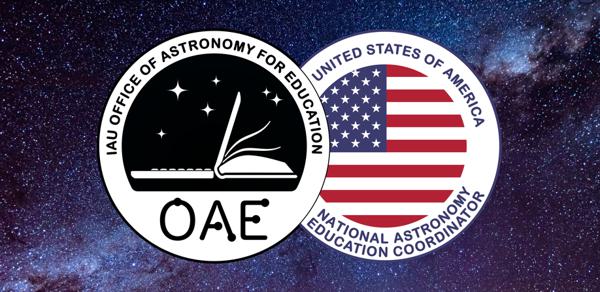Glossary term: Station spatiale
Description: Une station spatiale est un vaisseau spatial en orbite pour une période de temps conséquente qui fournit un habitat à long terme pour les humains dans l'espace. Plus précisément, elle offre des conditions de vie adéquates, de l'air respirable à une température ajustée. Jusqu'à présent, toutes les stations spatiales dépendent de livraisons régulières de nourriture et d'eau. Elles sont ou ont été en orbite terrestre basse, la Station spatiale internationale orbitant, par exemple, à environ 420 kilomètres d'altitude. Une station en orbite est en chute libre, les astronautes, les équipements et la station spatiale subissant tous la même accélération due à la gravité terrestre. Comme les astronautes et l'équipement intérieur de la station spatiale accélèrent à la même vitesse et dans la même direction que leur environnement dans la station spatiale, ils éprouvent la sensation d'apesanteur, même s'ils ne sont pas réellement en apesanteur. Cette sensation est souvent appelée microgravité, bien que ce nom puisse prêter à confusion car l'attraction terrestre reste importante sur la station spatiale, les astronautes et l'équipement. Les stations spatiales sont principalement utilisées pour la recherche, notamment sur les effets de la microgravité sur les êtres humains, une préparation importante pour les étapes suivantes de l'exploration spatiale.
Related Terms:
See this term in other languages
Term and definition status: The original definition of this term in English have been approved by a research astronomer and a teacher The translation of this term and its definition is still awaiting approval
The OAE Multilingual Glossary is a project of the IAU Office of Astronomy for Education (OAE) in collaboration with the IAU Office of Astronomy Outreach (OAO). The terms and definitions were chosen, written and reviewed by a collective effort from the OAE, the OAE Centers and Nodes, the OAE National Astronomy Education Coordinators (NAECs) and other volunteers. You can find a full list of credits here. All glossary terms and their definitions are released under a Creative Commons CC BY-4.0 license and should be credited to "IAU OAE".
If you notice a factual or translation error in this glossary term or definition then please get in touch.
Related Media
Station spatiale internationale
Credit: NASA credit link
License: PD Public Domain icons









